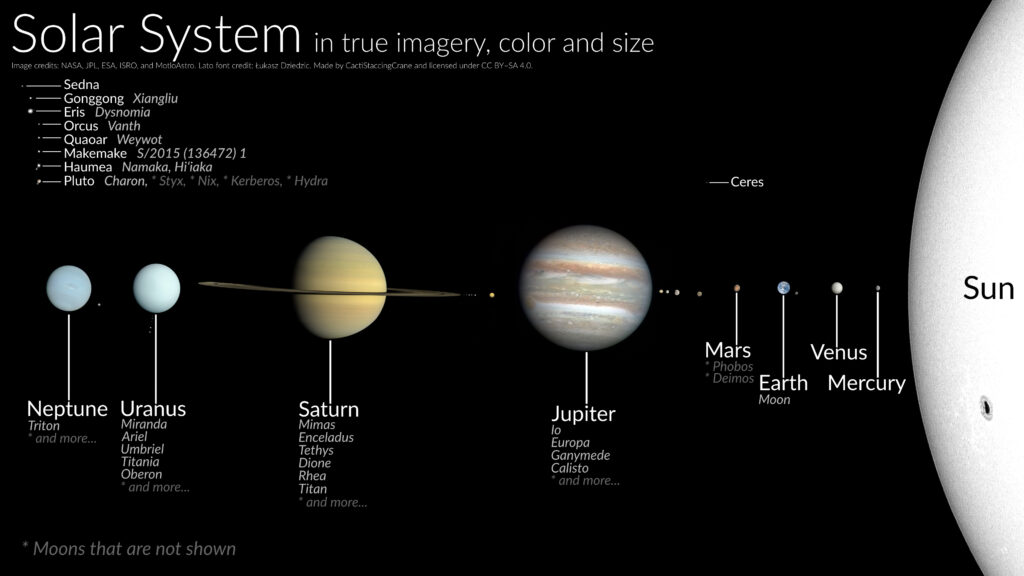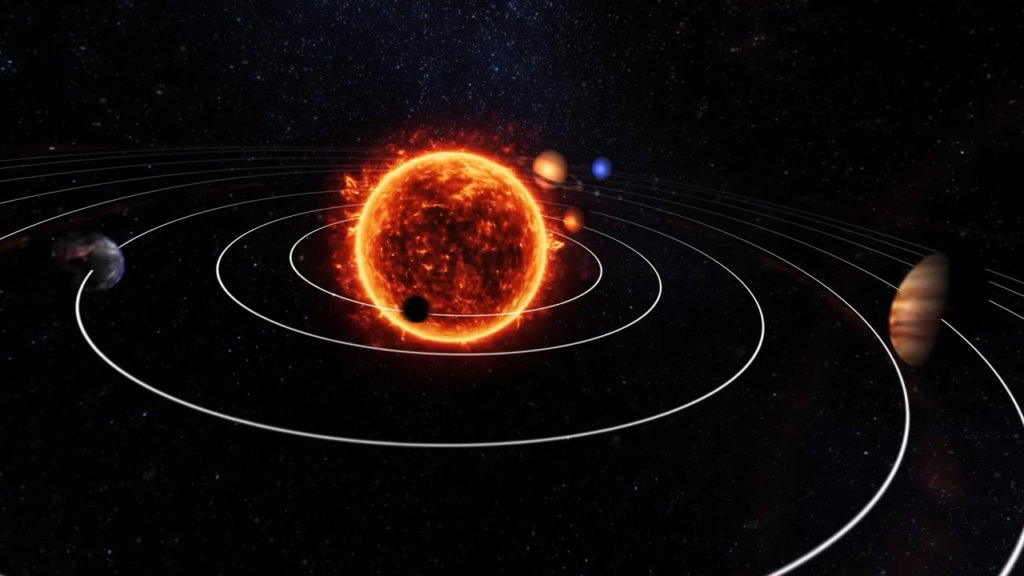Have you ever gazed up at the sky and thought about where it will all go? All of the stars, all of the planets — even our own Sun? I think of this often, especially when it comes to our own little cosmic neighborhood. Spoiler alert: Yes, the end of our own solar system will come one day. Of course, have no fear — we still have billions of years before that happens to us.
The thought of our solar system dying is intriguing and a bit scary, right? So let’s break it down. But, how does something like a solar system die? And in the Sun, what do we see at all? And what will happen to all the planets, and in particular this one Earth? To peer even further ahead, let us reflect on what the future holds for our cosmic neighborhood.
Our Sun’s Life Cycle: Counting down the clock… over a long, long time
But, before we get to the big bang that wiped out our solar system, let’s take a closer look at its star: the Sun. Every star including the Sun dies one day. Out here, about halfway through its life, it is in the process of gleefully fusing hydrogen into helium (in an era known as “the main sequence”). This stage of life is warm and fuzzy, you might also say ‘boring’; but it’s what has enabled Earth to buzz along for around 4.6 billion years.
Stars, however, this is the catch., they don’t reside in the Main Sequence forever. The Sun would run out of hydrogen fuel in 5 billion years. And when that happens, things are going to get… very interesting. The Sun will expand to hundreds of times its current size into a red giant. That time when Mercury and Venus are devoured by the Sun, if you ever wonder. Even our own planet — if it remains intact as well — will likely be a scorched wasteland.
After losing its outer layers in a dynamic cloud of dust and gas called a planetary nebula, our Sun will ultimately become what is known as a white dwarf — an Earth-sized but evolutionarily dead remnant which retains most of the mass originally belonging to the star. It will just sit there, cool off and fade away over the eons. It may not be the fiery end you were probably expecting, but still a pretty crazy transformation!
The fate of our Solar system
These transformations won’t just impact our star, as the Sun morphs into a red giant; it will spell disaster for the rest of us in this solar system. First, as I’ve already said, Mercury and Venus are toast (and by that I mean: Literally). The Sun will swell to include the orbits of these inner planets; even Mercury and Venus will be swallowed when the Sun expands its outer layers. The Earth may well avoid that fate but, should it do so it will be by no means habitable. Oceans will boil, the atmosphere stripped away and every single thing we know today will be fried to a crisp.
But what about the outer planets? Jupiter, Saturn, Uranus and Neptune are much further from the Sun so won’t be swallowed up. But as the Sun loses mass to become a red giant, changes in its gravity will disturb their orbits. Planets will get bumped farther out, and their moons would churn. We will have little effect on the objects in the Kuiper Belt and Oort Cloud(comets) some of these cold distant objects could be flung completely out into interstellar space.
Once the Sun has become a white dwarf, our solar system will not look quite the same. The planets will have wider, slower orbits around the dimming sun without that greater gravitational pull. Now the solar system will be a more desolate, energy-vacuuming place. That is instead a freezing, lonely fossil of the world that once was and slowly drifting through space with its faint white dwarf Sun at the center.
The Far Future: A World in Slow Pause
With the Sun as a white dwarf, it will continue to lose heat over billions (yes that’s billion with a “b”) of years. Eventually, it will become what we call a black dwarf — an object that in theory is so cool it emits no visible light or heat. But there’s a caveat — the universe isn’t old enough for any black dwarfs to even exist. So this phase is far, far in the future — think trillions of years!
As the Sun enters this final mysterious phase, so will other objects in the universe. Across the galaxy, stars will continue to burn out and die, as does our Sun, leaving behind countless white dwarfs, neutron stars & black holes. Galaxies will continue to move away from one another as the Universe expands over unfathomable stretches of time. The cosmic structures will dissolve and the universe — bereft of these forces that hold things together — will become a cold, nebulous wasteland.
This is the time period that scientists refer to as the “Heat Death” of the universe—the point at which all energy will have been equally spread out and nothing interesting can really happen anymore. And with no stars, no planets and no galaxies — only free-ranging cold dark wastelands stretching away forever. I know this blows your mind too, right? The death of this tiny solar system is a blip in an unstoppable, colossal series.
Summary
Will The Solar System Die Then? Absolutely. But it will be a gradual grinding, an erosion across eons upon billions of years. Red giant, white dwarf and quietus of the Sun Earth and the rest of the planets will have perished, or be uninhabitable. The good news is, we have a long way off before that happens!
I mean whoa right, that thing is totally crazy and the time scales at play here are just astronomically huge. We are here for a mere fraction of the ever-expanding life of the universe.

Hi, I’m Debashis! I’m a space enthusiast and science writer with a passion for exploring the mysteries of the universe. From black holes to exoplanets and everything in between, I love diving deep into cosmic phenomena and sharing what I learn in an engaging, easy-to-understand way.
If you’d like to talk about space, share your thoughts, or collaborate on a project, feel free to put a comment on the post or drop me an email at debashis.mandal[at]gmail.com.


